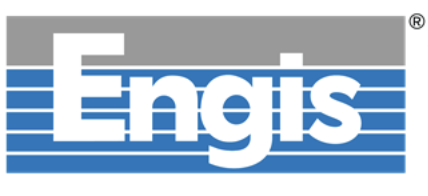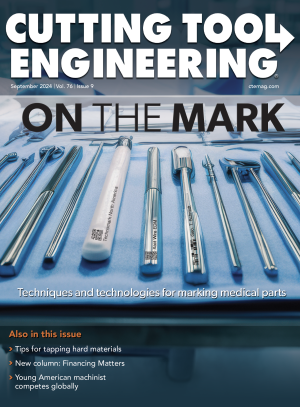 The hybrid bore-honing system handles both honing and finishing operations in a single cabinet. Engis Corp.
The hybrid bore-honing system handles both honing and finishing operations in a single cabinet. Engis Corp.
Scheduled to be unveiled at IMTS, an innovative machine tool tackles two key steps in bore creation that are normally handled by separate systems.
Wheeling, Illinois-based Engis Corp. describes its new machine as a hybrid bore-honing system. The machine combines the functions of conventional multi-stroke honing and the manufacturer’s single-pass finishing technology. Designed for high-volume manufacturing of hydraulic spool valves, the integrated technologies can achieve high precision when finishing bored components, while also producing sharper, burr-free corners on part cross holes and fluid-metering edges, according to Engis.
In the production of hydraulic spool valves, the single-pass finishing process is “very good at achieving very high precision,” with tolerances under 1 μm, according to Bob Marvin, director of global bore-honing operations at Engis. But when too much material is removed during this process, Marvin pointed out that material displacement can result in the creation of rollover burrs in the cross holes and/or on the metering edges of a valve. Therefore, he noted, bore finishing is normally preceded by a roughing operation that employs conventional honing stones. After this step is completed in one machine, parts are transferred to a single-pass machine where a relatively small amount of material is removed to finish the bores.
By contrast, the Engis hybrid system integrates single-pass bore finishing with a multi-stroke honing process in a single cabinet. “It’s easier to have it all done in one operation because there’s less labor involved,” Marvin said. “And there’s a big savings in floor space as well.”
Inside the hybrid, parts are loaded into holding fixtures arranged on a rotary index table that moves them around to the different manufacturing stations. At the first station, a multi-stroke honing column uses expandable honing stones to semi-finish the bores. The programmable expansion amount is checked at the next station, where a gauge measures the bores.
The honing stones “wear quite rapidly, so you have to constantly compensate for the wear and expand the tool further,” Marvin explained. “The gauge monitors the bore size, and as it starts to drop, a signal goes back to the controls to compensate.”
For the final finishing process, the hybrid system includes a separate column with three single-pass spindles. Each of the diamond tools driven by these spindles is designed to produce a certain bore diameter and surface finish, Marvin noted. One by one, each tool enlarges the bore slightly and improves the finish. When the last of the three tools completes its work, the required bore precision and finish have been achieved and the part is moved to the unload station. At this point, the finished part can be unloaded manually or by a custom robotic automation system. The integration of bore honing and finishing into a single machine makes automation easier, Marvin noted.
To maximize productivity, parts are loaded into all the fixtures around the rotary index table and all operations are in progress at the same time. The system can finish hundreds of thousands of bores annually, according to Engis.
Though mass production of hydraulic spool valves is the main potential application for the hybrid system, Marvin believes it can also be useful to makers of other components as well, including low-volume aerospace valves. In fact, he said, the application can be “any component that needs high precision and sharp metering edges.”









